

Balance your body, mind, and spirit with Iyengar Yoga.
Iyengar Yoga offers a range of benefits that make it a highly sought-after practice among individuals of all ages and fitness levels. One of the main advantages of Iyengar Yoga is its focus on proper alignment and body awareness. Through the use of props such as blocks, straps, and blankets, students are able to achieve and maintain correct postures, which not only helps in avoiding injuries but also maximizes the benefits of each pose. This attention to detail and precision in alignment promotes a stronger and more balanced body, improved posture, and enhanced overall physical well-being.
In addition to physical benefits, Iyengar Yoga also offers significant mental and emotional benefits. The practice emphasizes the integration of breath control and mindfulness, promoting a sense of deep inner calm and relaxation. The use of props in Iyengar Yoga allows individuals to hold poses for longer periods of time, which helps in developing patience, discipline, and resilience. Regular practice of Iyengar Yoga is also known to reduce stress, anxiety, and depression, and can potentially improve cognitive function and overall mental clarity. Overall, the benefits of Iyengar Yoga are multidimensional, making it a highly effective and holistic practice for individuals seeking physical, mental, and emotional well-being.
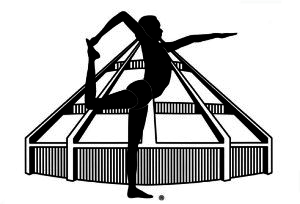
This certification mark is to ensure that the Iyengar Yoga teacher has completed the 6 years of training required to initially qualify at level one. It also guarantees that further training and regular professional development has been undertaken every year.
This ensures that the purity of the teachings of B. K.S.Iyengar and his family are maintained.
These high standards have made Iyengar Yoga the most widely taught method globally, with 1200 teachers across the UK and Ireland today.
This course combines the practice of yoga postures and focuses on the alignment and accuracy in each pose. It is suitable for beginners and gradually includes more details to improve strength, coordination, and agility.
Standing postures are emphasized to build a foundation, while postures from other sections are introduced to enhance relaxation. The mind is encouraged to be fully engaged in the postures, promoting a meditative quality in the practice.
Additionally, breathing exercises are incorporated in a lying position to promote proper body movement. Simple reflections on the benefits of yoga are introduced during relaxation periods, enhancing the connection between the practice and everyday life.
In more advanced levels, the practice becomes more precise, with a deeper focus on alignment and understanding of the body. A wider range of postures is explored, with a continued emphasis on standing postures to improve overall movement.
Pranayama, or the study of breath, becomes more detailed to improve control and awareness of the breath. Savasana becomes a disciplined practice to quiet the mind and lead to a state of meditation. As students progress, they will experience a sense of accomplishment and new goals to achieve through the practice of yoga.
The primary concern of your teacher is that each student practices the postures safely. Yoga postures are used to make more space inside the body, as well as strength and flexibility. In this way the whole body can be better nourished both physically and mentally. The following are some aspects that will become more refined with experience and practice.
First the shape of the posture is learned and gradually more details are added to encourage greater accuracy.
An understanding is gained of how muscles, joints, and bones are working in your own body to create the different poses and thus receive the benefits it offers.
The mind becomes gradually able to gain a deeper inner understanding of the body movement which brings a calmer, more meditative quality to the practice.
The correct movement in the body in normal breathing is emphasised. Progression is through the introduction of ways to gain more control over the length, volume, flow and quality of the breath to enable deeper breathing, using the diaphragm to open the ribcage and empty the lungs more consciously.
A series of simple reflections on the benefits of yoga and how this relates to our everyday lives are considered. In Savasana, (relaxation), the emphasis is on correct alignment of the body, a progressive release of each part, and the withdrawal of the senses inwards. The breath is used as a focus for the mind and as an aid to refresh and release the body further.
Mind and body are drawn inwards through breathing exercises, and relaxation, and are led to a calm and peaceful state, ultimately to become still, bringing an awareness of meditation.
Standing: These bring elasticity to the joints and muscles, as well as building up stamina and physical stability.
Forward bends: To stretch and extend the back of the body, and bring evenness in the development of flexibility in the body.
Sitting and Supine: To help prepare for breathing exercises.
Inverted: To bring vitality, mental balance and emotional stability.
Abdominal and Lumbar: To tone and massage the abdominal organs and strengthen the pelvic and lumbar areas.
Twists: To tone the internal organs and help to strengthen the spine.
Backbends: To stretch the anterior spine and bring physical and mental sharpness and alertness.
Pranayama/ Breathing: Strengthens muscles of the chest, calms and focuses the mind, brings energy into the body.
Relaxation: Practice of Savasana relaxes the body, quietens the breath, brings tranquillity to the nervous system, mental poise and peace of mind
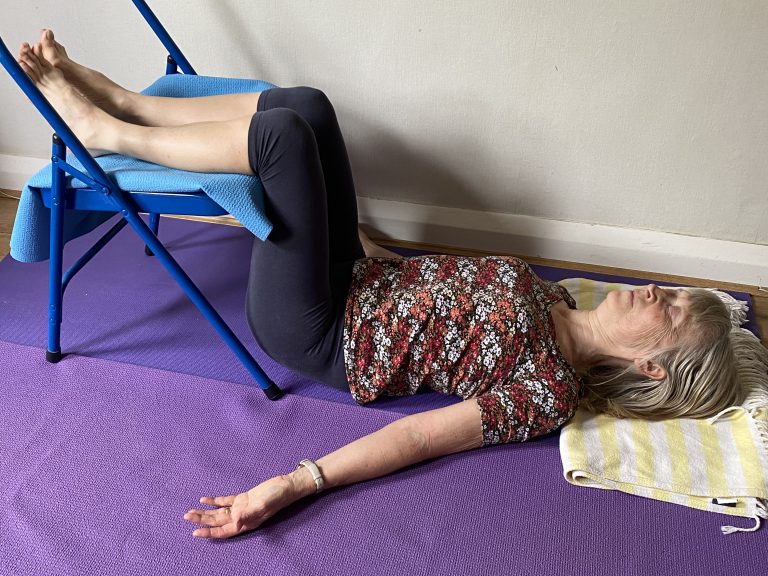
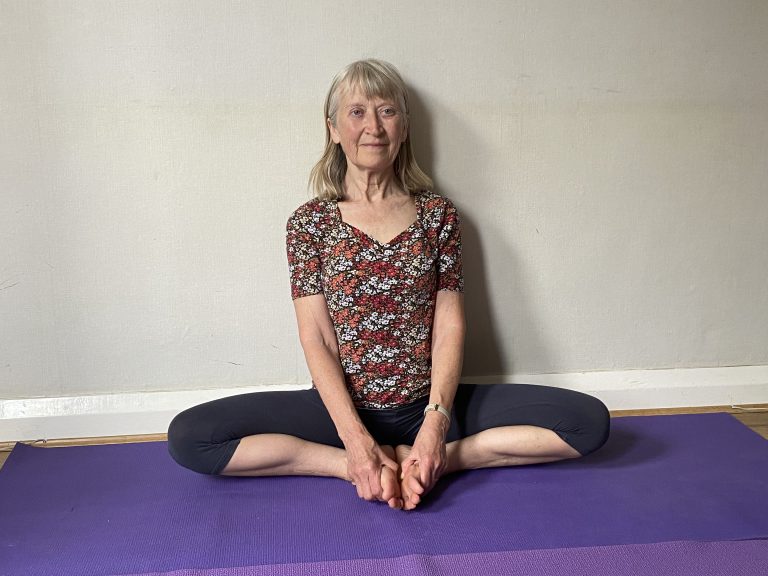
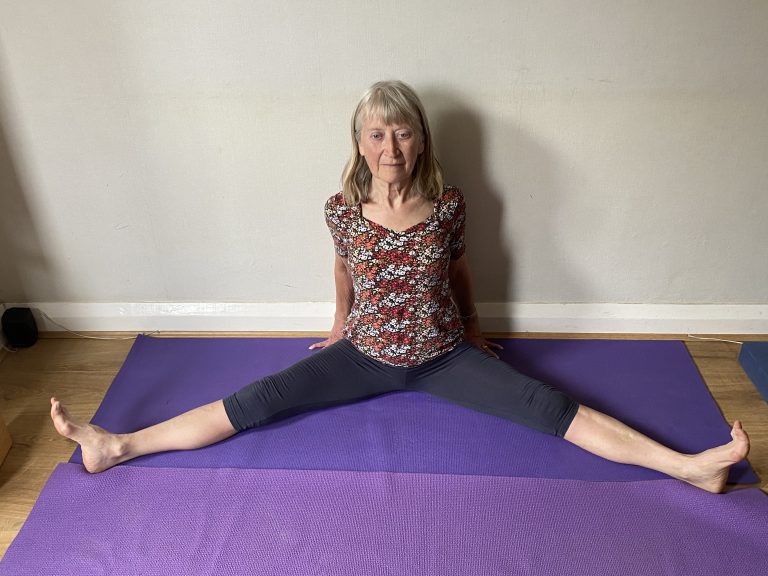
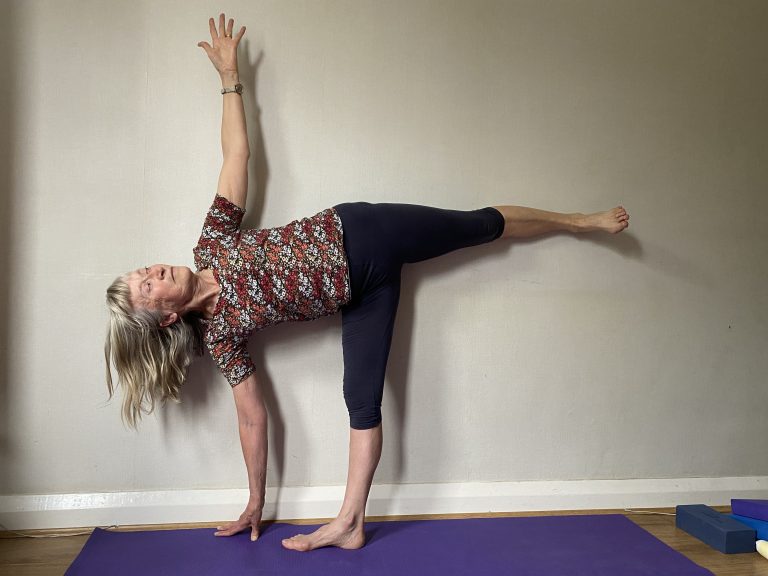
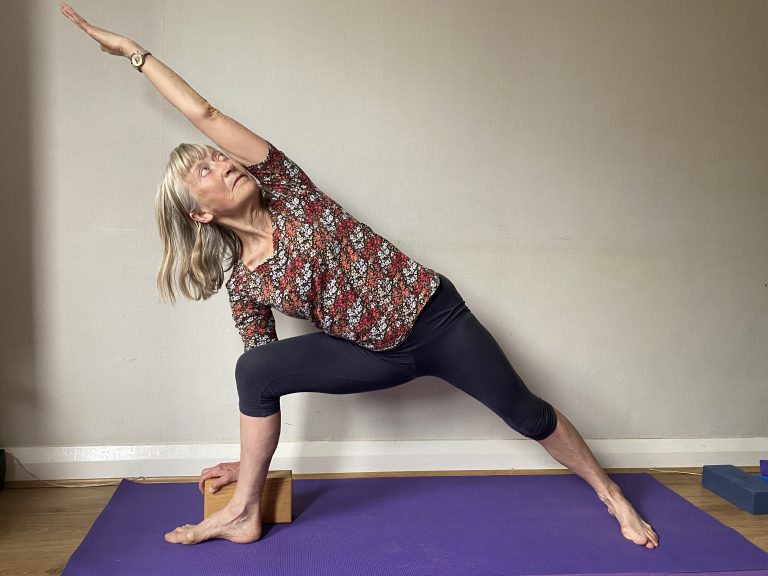
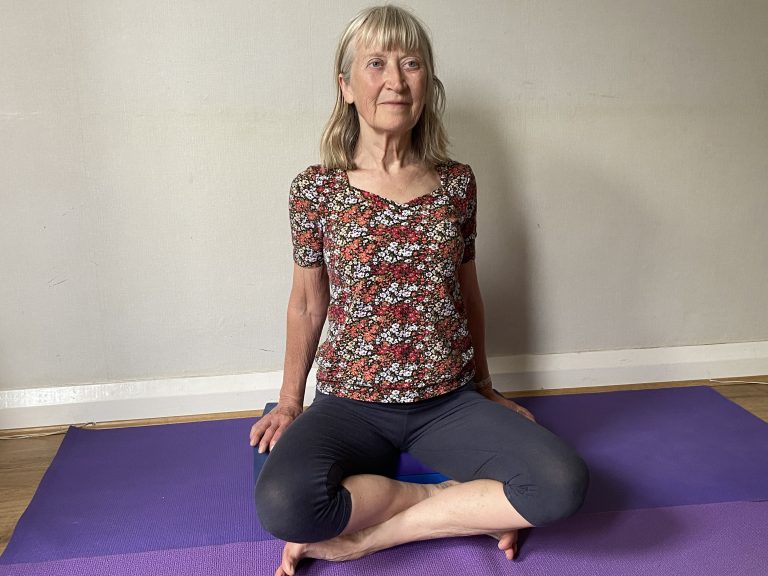
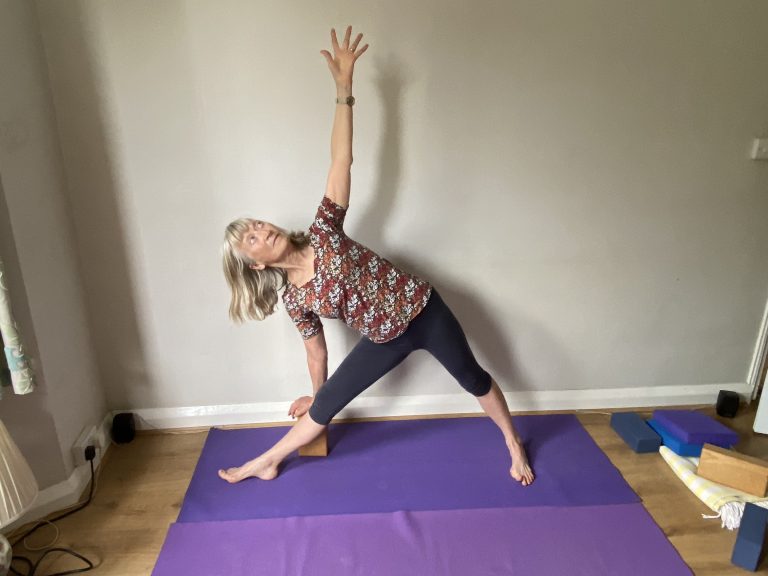
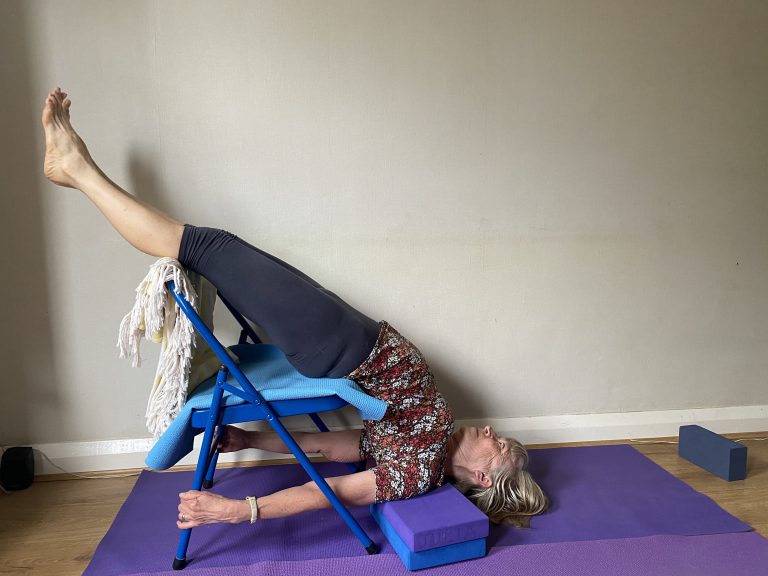
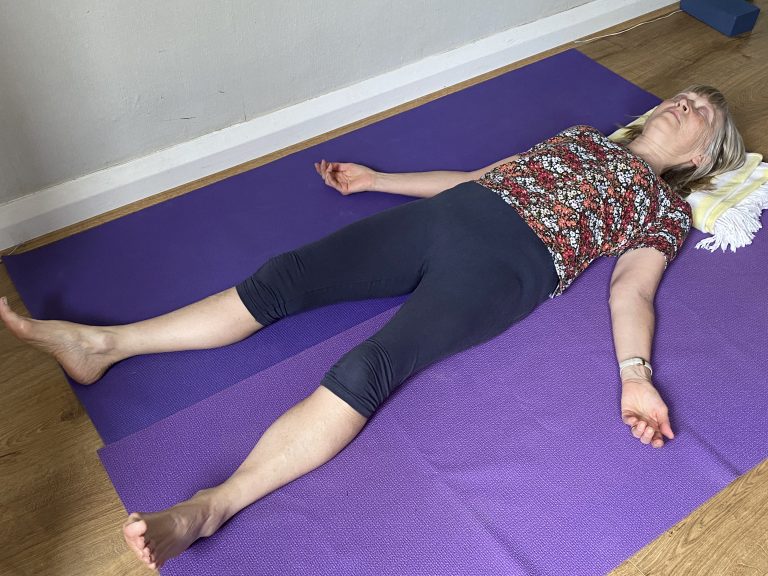
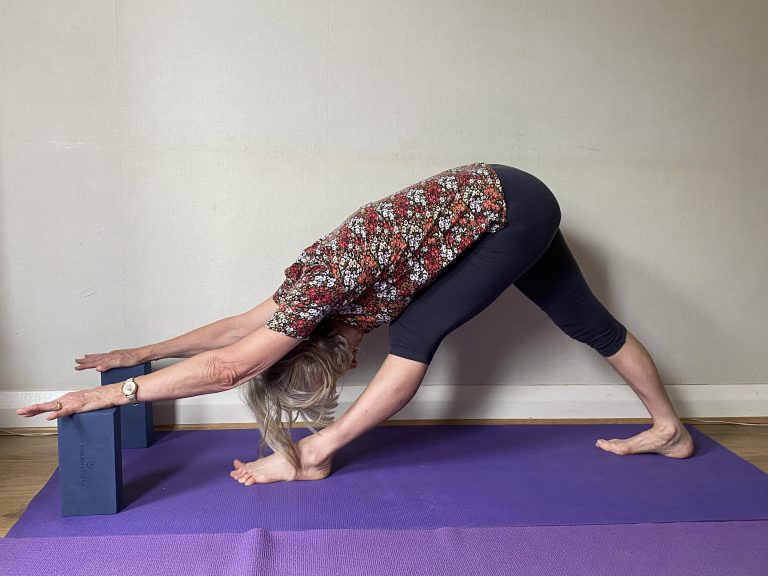
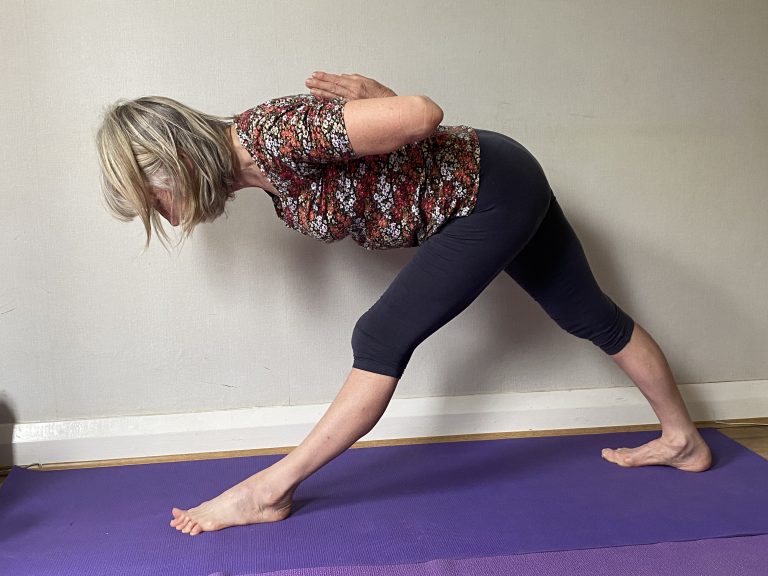
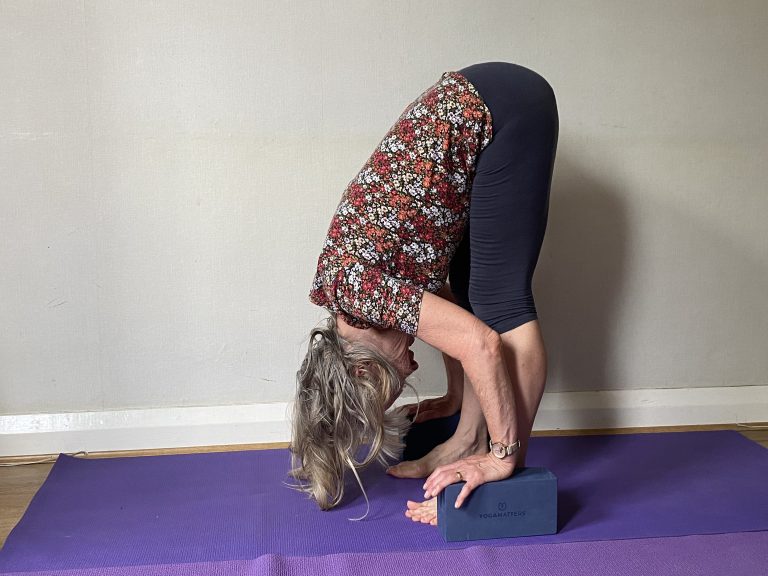
Therapeutic or remedial applications of yoga are an important aspect of lyengar Yoga, as can be seen at the medical classes held at the RIMYI in Pune. In a way, every lyengar yoga class is ‘therapeutic’ but our method does not adopt a medical model, in which a particular condition is diagnosed and then treated with specific poses. Rather, we have a much more holistic approach in which a particular medical condition is seen as linked to a wide range of other factors; environmental, postural, psychological etc. Yoga does not treat the condition, in the way that medical doctors may give everyone with a certain illness the same medicine, but rather it treats the person. The knowledge and skills that yoga teachers need in order to provide therapeutic help to individual students with medical conditions cannot be learnt just from a book or from a workshop; it has to be learnt and developed over many years through practice, teaching and observing. The teacher must have a deep understanding of the student’s body and the way they practise yoga and this can only be learnt through experience.
Teachers who do not have this depth and length of experience can still help students who are not in perfect health. All teachers make adjustments or use props for individual students in their general classes. These teachers are not ‘treating’ students in a therapy class, but are helping them practise in ways that will help with their condition.
Input your search keywords and press Enter.